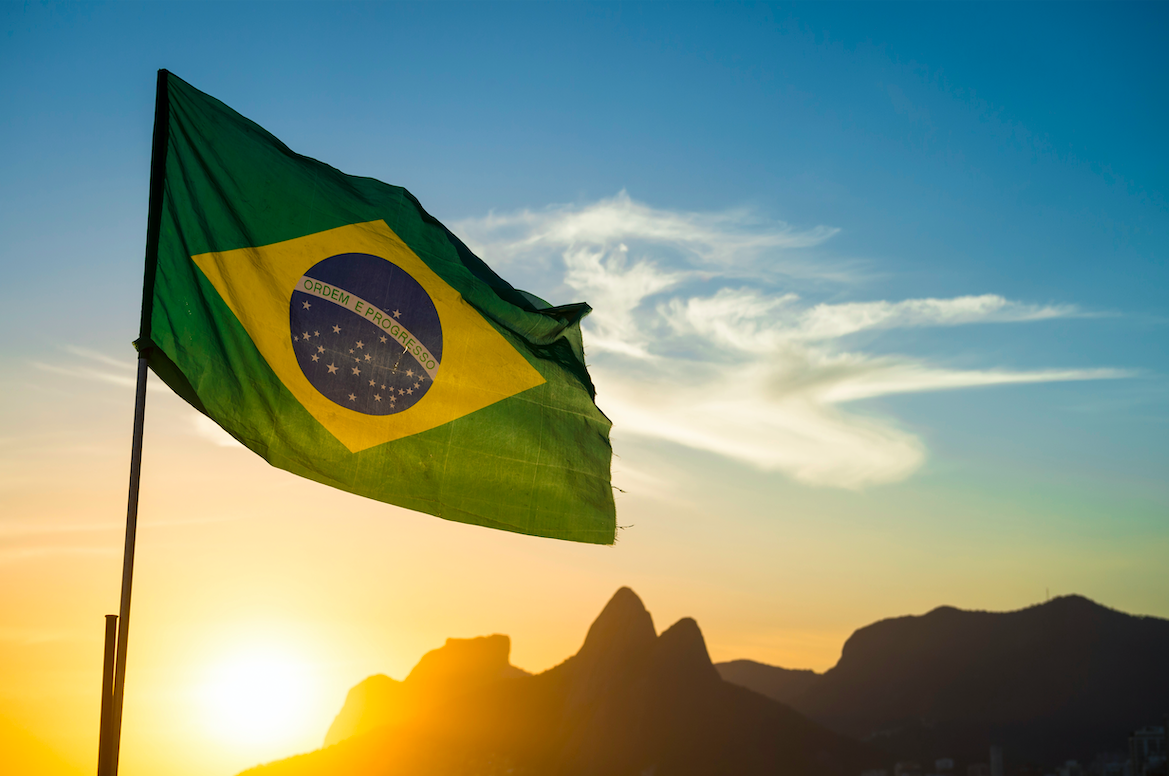Brazil and religions, plural
Brazil and religions, plural
Religion plays a big role in Brazil. It’s part of the daily life of many, many families and most Brazilians identify with a religion, mostly Catholicism but also Evangelism. In fact, according to the latest census, only 8% of the population is atheist.
Although technically a secular nation, it’s very common to see religious signs in public spaces, from “Jesus loves you” bumper stickers to an open Bible at a supermarket customer service desk.
Religions and beliefs are as diverse and complex as the country itself. Catholicism has dominated the religious landscape since colonial times, but native populations also had and still have their own system of beliefs. Diasporic religions also developed after slaves were brought by Europeans.
Spotlight on the main religions in Brazil
Reportedly, there are over 1000 religions and cults practised in Brazil.
Generally speaking, Brazil is predominantly Catholic because of its Portuguese colonial heritage. In 2018, 130 million Brazilians self-identified as Catholic. This is the world’s largest Catholic population, 15% of all Catholics worldwide.
However, this “monopoly” is now challenged by the rise of evangelical churches. This religion focuses on the underprivileged and offers “support” to Brazilian families, which helps attracts crowds. Evangelical churches tend to be located on the outskirts of big cities, where populations are poorest and feel left out.
The map below illustrates the socioeconomic divide between Catholics and Evangelists in Rio de Janeiro. While the “zona sul”—the richest and most touristic part of the city—is predominantly Catholic, the periphery is now mostly evangelical. Nonetheless, evangelical churches also try to attract a wider audience, even among richer Brazilians.
Evangelical pastors may have celebrity status among local and national TV shows. Various evangelical churches are now extremely powerful and influence political matters. For instance, during the last election, pastors openly favouring Jair Bolsonaro weren’t shy about telling people whom to vote for. A group called the “Evangelical Parliamentary Front” takes a stand on a number of issues such as abortion, gay marriage and gender equality. In 2006, for example, they rejected a bill to fight homophobia in schools.
Several religions and beliefs also flourished in Brazil as a result of mixing between Catholics, indigenous people and Africans. The latter two were partly forced to convert to Catholicism. However, even though it was strictly forbidden, they exchanged myths, legends and stories among themselves, which allowed their religions to survive. Candomblé—with three million followers in Brazil today—is a good example of syncretism. Although it was originally banned, it managed to survive in part because followers continued to use Catholic religious names to refer to their deities. For instance, Jesus is the patron saint of sailors.
Today, Iémanja, the “goddess of the sea,” is extremely popular in Brazil. This “mother of all life forms” is also a symbol of fertility and abundance and she is depicted as a white woman despite her African roots. She is an “orixás” (deity) in Candomblé but she is now celebrated throughout Brazil, including during the popular “Dia de Lémanja” festival in February.
Spiritism is the third religion
Once banned, spiritism is now the third most practised religion in Brazil with six million believers and 20 million people who self-identify as “sympathizers.” TV programs and museums are dedicated to spiritism and it’s even taught at the University of São Paulo—there’s a lot of public interest!
What is spiritism, exactly? It can be described as a doctrine based on manifestations and the teachings of spirits. The existence of God and eternal life is fully accepted, as well as communication with various spiritual beings, especially the deceased.
Believers come from all walks of life, but the lower classes tend to focus more on Catholicism.












 Français
Français English
English




0 comments
{{like.username}}
Loading...
Load more